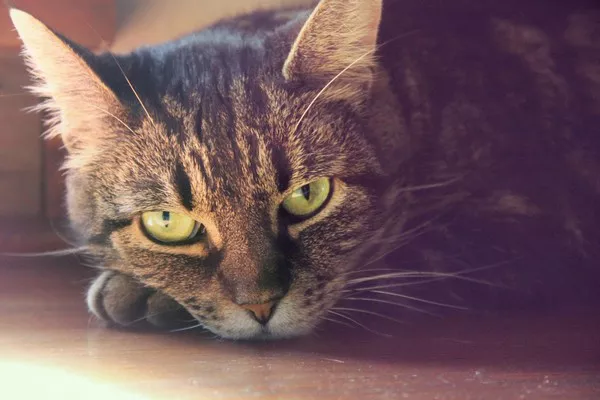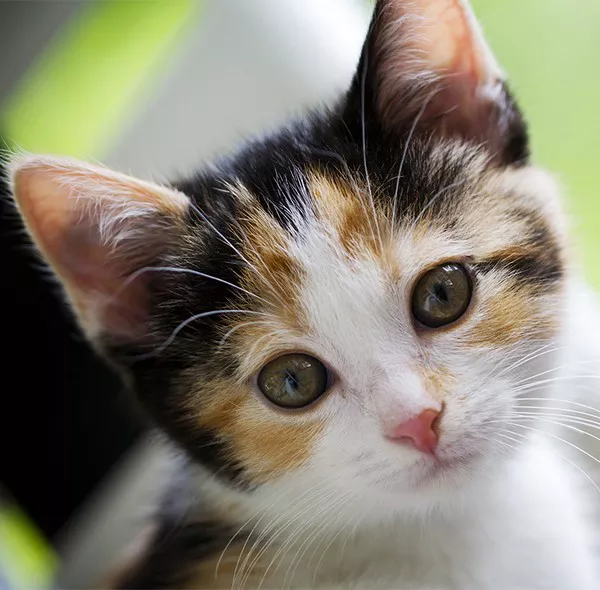Leaving your beloved cat in the care of a house sitter can be a source of anxiety for many pet owners. Cats are known for their independence and unique personalities, which can make it challenging to predict how they will react to a new person in their home. This article aims to address the question of will my cat be okay with a house sitter and provide detailed guidance on ensuring your cat’s well-being while you are away. From choosing the right house sitter to preparing your home and understanding your cat’s behavior, we will cover everything you need to know to make this transition as smooth as possible for both you and your feline friend.
Understanding Your Cat’s Needs
The Independent Nature of Cats
Cats are inherently independent animals, often content with their own company. Unlike dogs, they do not require constant attention and can manage for longer periods alone. However, this independence does not mean they are immune to stress or anxiety when their routine is disrupted.
Routine and Territory
Cats are creatures of habit and thrive on routine. They also have a strong attachment to their territory, which includes your home and everything in it. Any changes to their environment or daily schedule can cause stress, which is why it’s crucial to minimize disruptions when you’re away.
Social Needs
While some cats are more solitary, others enjoy social interaction and can become lonely without human companionship. Understanding your cat’s social needs will help you determine the level of care and interaction they require from a house sitter.
Choosing the Right House Sitter
Professional vs. Personal House Sitters
Professional House Sitters: These individuals have experience and often credentials in pet care. They are likely to be well-versed in handling various situations and can provide a high level of care. Hiring a professional can give you peace of mind, knowing that your cat is in capable hands.
Personal House Sitters: Friends, family members, or acquaintances who know your cat may also be good options. Familiarity can be comforting to your cat, and you might prefer someone you trust personally. However, ensure they have the necessary knowledge and commitment to care for your pet adequately.
Key Qualities to Look For
Experience with Cats: The house sitter should have prior experience with cats, understanding their behavior, needs, and how to handle emergencies.
Reliability and Trustworthiness: Look for someone dependable who will adhere to your instructions and keep to your cat’s routine.
Comfort with Your Home Environment: The house sitter should feel comfortable in your home and respect your property.
Emergency Preparedness: Ensure the house sitter knows what to do in case of an emergency, including contact information for your vet and any specific instructions.
Interviewing Potential House Sitters
Ask About Their Experience: Inquire about their previous experience with cat sitting, including any challenges they’ve faced and how they handled them.
Discuss Your Cat’s Routine: Explain your cat’s daily schedule, including feeding times, litter box maintenance, and any special needs or preferences.
Gauge Their Comfort Level: Observe how the house sitter interacts with your cat during the initial meeting. Are they confident and calm? Does your cat seem comfortable around them?
Check References: If hiring a professional, ask for references from previous clients. For personal sitters, ensure they have a good track record of reliability and trustworthiness.
Preparing Your Home for the House Sitter
Detailed Instructions
Feeding Schedule and Diet: Provide detailed instructions on your cat’s feeding schedule, including portion sizes and any dietary restrictions. Leave enough food for the duration of your absence, and note any treats or supplements.
Litter Box Maintenance: Explain how often the litter box should be cleaned and where the supplies are located. If your cat is particular about their litter box, include any specific preferences or routines.
Medication and Health Care: If your cat requires medication, provide clear instructions on dosage and administration. Include any relevant health information, such as allergies or chronic conditions.
Behavior and Habits: Describe your cat’s typical behavior and any quirks they may have. This information can help the house sitter understand what is normal and when something might be wrong.
Emergency Contacts: Leave a list of emergency contacts, including your vet’s information, a nearby emergency animal hospital, and a trusted friend or family member.
Creating a Comfortable Environment
Safe Spaces: Ensure your cat has access to their favorite hiding spots and resting areas. Cats often retreat to these spaces when they feel stressed or anxious.
Entertainment: Provide plenty of toys, scratching posts, and interactive items to keep your cat entertained. If your cat enjoys watching birds or other outdoor activities, ensure they have access to windows.
Temperature Control: Make sure your home is kept at a comfortable temperature. If you are away during extreme weather, leave instructions on how to adjust the thermostat.
Routine Maintenance: Ensure all necessary home maintenance tasks are completed before you leave, such as checking the heating or cooling systems, securing windows and doors, and ensuring there are no potential hazards.
Acclimating Your Cat to the House Sitter
Initial Introduction
Short Visits Beforehand: If possible, arrange for the house sitter to visit a few times before your departure. This allows your cat to become familiar with them and reduces anxiety when you leave.
Gradual Acclimation: Start with short visits and gradually increase the duration. During these visits, have the house sitter engage in routine activities like feeding, playing, and cleaning the litter box.
Building Trust
Positive Reinforcement: Encourage the house sitter to use positive reinforcement techniques, such as treats and praise, to build a positive association with their presence.
See Also: How Much Do Calico Cats Shed?
Maintain Routine: Ensure the house sitter adheres to your cat’s regular routine as closely as possible. Consistency helps reduce stress and makes the transition smoother.
Observation and Patience: The house sitter should observe your cat’s behavior and give them space if needed. Patience is crucial, especially if your cat is initially wary or shy.
Managing Separation Anxiety
Signs of Separation Anxiety in Cats
Excessive Meowing or Vocalization: If your cat is unusually vocal, it may be a sign of anxiety.
Changes in Eating Habits: Some cats may eat less or more when stressed.
Destructive Behavior: Scratching furniture or other destructive behaviors can indicate anxiety.
Litter Box Issues: Inappropriate urination or defecation can be a stress response.
Tips to Alleviate Anxiety
Familiar Scents: Leave an item of clothing with your scent on it to provide comfort.
Calming Products: Consider using calming sprays, diffusers, or treats designed to reduce anxiety in cats.
Interactive Toys: Provide toys that stimulate your cat mentally and physically, helping to distract them from your absence.
Regular Updates: Ask the house sitter to send regular updates, including photos and videos, to reassure you and monitor your cat’s well-being.
Dealing with Emergencies
Emergency Preparedness
Vet Contact Information: Ensure the house sitter has your vet’s contact information and knows the location of the nearest emergency animal hospital.
First Aid Kit: Provide a basic first aid kit for pets and familiarize the house sitter with its contents and usage.
Clear Instructions: Leave detailed instructions on what to do in case of an emergency, including who to contact and any specific steps to take.
Emergency Scenarios
Illness or Injury: If your cat becomes ill or injured, the house sitter should contact your vet immediately and follow any provided instructions.
Escape: If your cat escapes, the house sitter should know how to conduct a search, contact local shelters, and use social media to alert neighbors.
Natural Disasters: In the event of a natural disaster, ensure the house sitter knows the safest location in your home and has access to emergency supplies, including food, water, and carriers for evacuation if necessary.
Returning Home
Reintroducing Yourself to Your Cat
Calm Approach: When you return home, greet your cat calmly and allow them to come to you. Avoid overwhelming them with attention immediately.
Reestablish Routine: Reinstate your regular routine as soon as possible to provide stability and comfort.
Assessing Your Cat’s Well-Being
Behavioral Changes: Monitor your cat for any changes in behavior that may indicate stress or health issues.
Physical Health: Check for any signs of illness or injury, such as changes in appetite, grooming habits, or physical appearance.
Follow-Up with the House Sitter: Discuss the experience with the house sitter to understand how your cat behaved and if there were any issues or concerns.
Conclusion
Leaving your cat with a house sitter can be a stressful experience, but with careful planning and consideration, you can ensure your feline friend remains safe and comfortable. Understanding your cat’s needs, choosing the right house sitter, and preparing your home are crucial steps in this process. By following the guidelines outlined in this article, you can minimize anxiety for both you and your cat, making your time away as smooth and worry-free as possible. Remember, a well-prepared house sitter and a familiar environment will help your cat feel secure, allowing you to enjoy your time away with peace of mind.

























